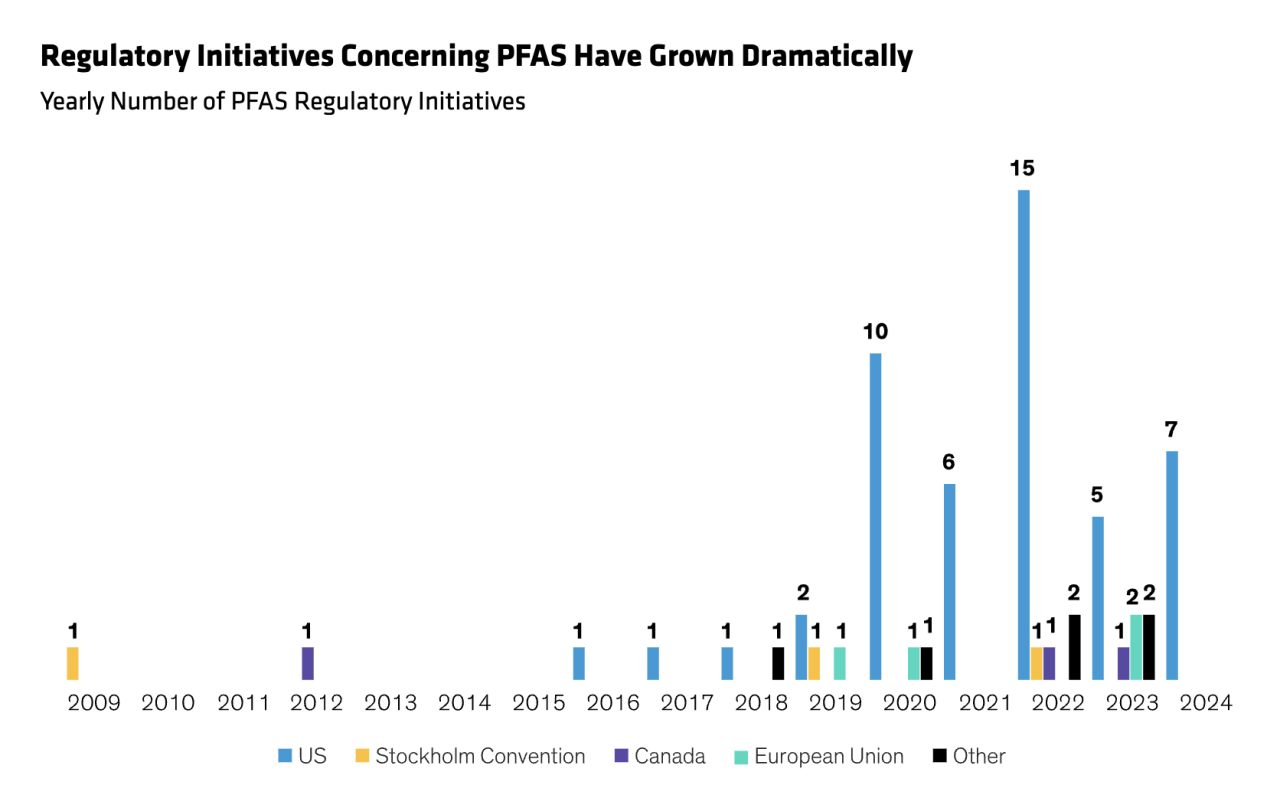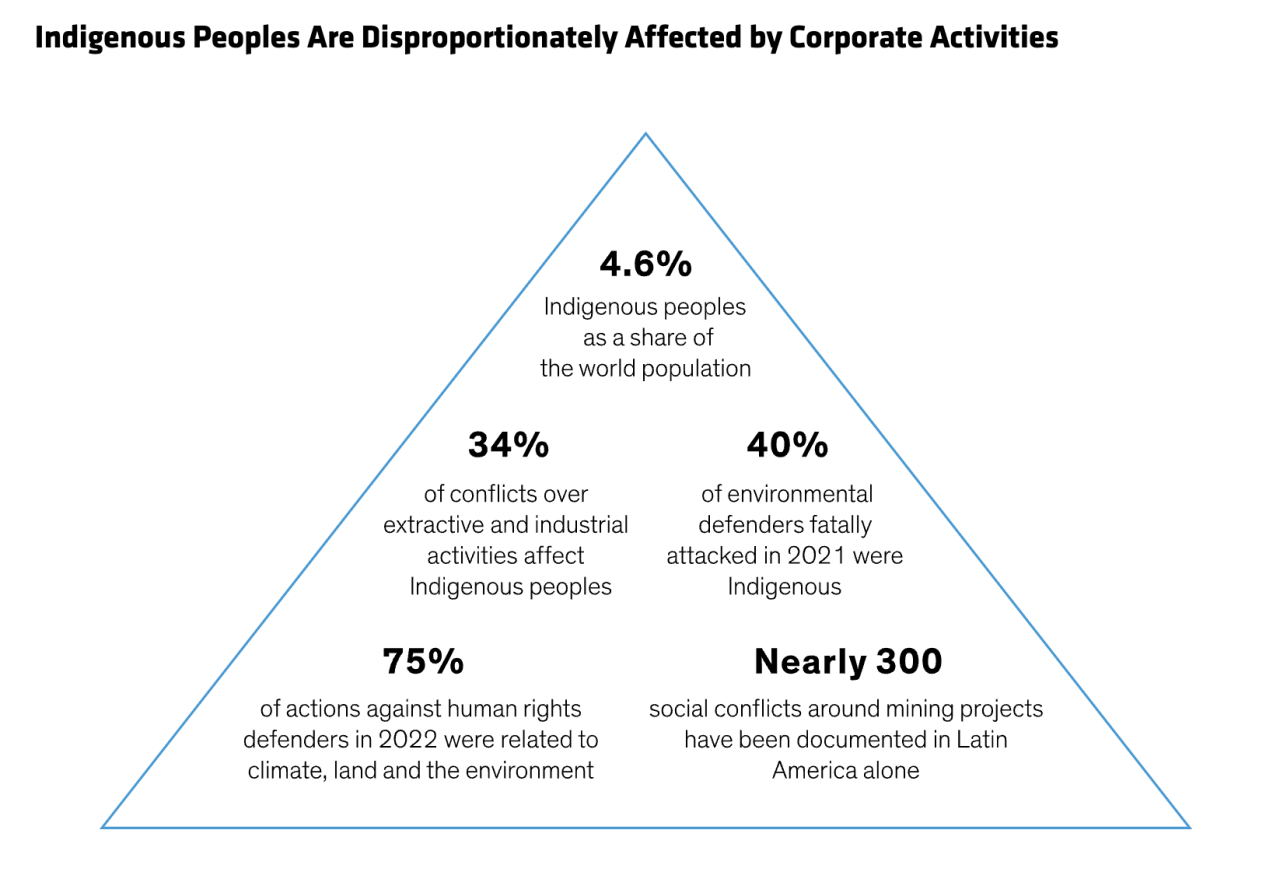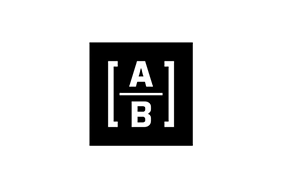AllianceBernstein: Human Rights and Portfolio Risk: Why Investors Should Think Big
With human rights regulations expanding, investors need a broader approach to assessing risk and opportunity.
Published 12-19-24
Submitted by AllianceBernstein

Erin Bigley, CFA| Chief Responsibility Officer
Luke Pryor| Portfolio Manager—Security of the Future; Co-Portfolio Manager—Strategic Equities and Responsible US Equities
Guidelines on human rights have helped shape some of the key principles of corporate responsibility. Increasingly, however, governments are hardening guidelines into law. Penalties for companies that fail to comply may be severe—but the risks to investors can be mitigated, in our view, by the right approach to research.
The launch in July 2024 of the European Union’s Directive on Corporate Sustainability Due Diligence (CSDDD) reflected a global trend for a tighter regulatory approach to ensure that businesses behave appropriately regarding human rights and the environment.
Previously, the regulatory regime had relied on persuasion, rather than enforcement. In 2011, for example, the UN Guiding Principles on Business and Human Rights (UNGPs) recognized that, under international law, companies have a duty to respect human rights. While not legally binding, the UNGPs formed the cornerstone of the business and human rights legal framework.
The CSDDD incorporates the standards of the UNGPs and other voluntary schemes but makes them mandatory for companies that meet certain criteria, such as net worldwide turnover of more than €450 million ($493 million) for EU companies, and net turnover generated within the EU of more than €450 million for non-EU companies. Financial penalties for companies that do not comply are steep, with the maximum penalty to be at least 5% of global turnover.
Compliance requirements and fines are not the only challenge for companies and investors. Like the voluntary frameworks, the emerging legally enforceable regulations are likely to differ across jurisdictions, exposing companies to multiple requirements. The new regulations are also pushing investors to think more broadly about how they account for human rights in their portfolios.
More Rights, More Risks
Investors often associate human rights with issues related to poor working conditions, such as inadequate wages, unsafe working environments or exploitative labor practices. Many companies address these issues by publishing modern slavery statements and by implementing labor-practice codes of conduct along their supply chains.
But the recognized range of human rights extends well beyond the workplace and modern slavery and includes such areas as health, Indigenous rights, equality and nondiscrimination. The shift from voluntary to mandatory regulation provides impetus for investors to incorporate these and other rights into their investment processes (Display).

Case Study 1: The Right to Health
Per- and polyfluoroalkyl substances (PFAS) are synthetic chemicals used in a variety of industrial applications because of their resistance to heat, water and oil. As they do not break down easily, they accumulate in both the environment and human bodies and have been linked to severe health risks. Regulatory action around PFAS has increased sharply in recent years (Display).
Many companies are facing major PFAS-related litigation. During the last two decades, for example, one major manufacturer has faced about 4,000 lawsuits linked to products containing PFAS. In 2023, the company reached an agreement to pay $10.3 billion over 13 years to fund public water suppliers in the US that have detected PFAS chemicals in drinking water. The settlement reflects only a portion of the company’s legal liabilities, however, and more lawsuits are expected, including personal injury and environmental litigation.

Case Study 2: Indigenous Rights
The site of a proposed copper mine in the US is estimated to hold more than 40 billion pounds of the metal, which is a crucial component of electric vehicles and most electronic devices. But the site is sacred to a Native American tribe. The mine, if built, would create a crater nearly two miles wide and more than 1,000 feet deep. As well as destroying the sacred site, the mining process would use—and allegedly pollute—6.5 billion gallons of water a year.
Such controversies are not unusual, as Indigenous peoples are disproportionately affected by business activities (Display).
The project has faced numerous legal challenges, with Indigenous groups filing lawsuits to halt the land transfer and mining operations. Estimates suggest that the mine’s backers have invested more than $2 billion so far and that progress has been delayed by a decade.

Case Study 3: AI and Rights to Equality and Nondiscrimination
In 2014, a US company began developing an AI-driven recruitment tool designed to automate the review of job applicants. In 2018, the system was said to have favored male applicants over female ones because it had been trained on historical data from predominantly male resumes. The company scrapped the tool in response to public criticism and regulatory concerns.
Think Big and Dig Deep
The challenge posed to investors by the evolving human rights landscape is two-fold: Regulation is becoming compulsory rather than voluntary, with the potential for financial penalties that could adversely affect company valuations. And investors are being steered toward broadening the range of human rights issues they address in their strategies.
Investors can mitigate these risks, in our view, by thinking big and digging deep—in other words, by looking at human rights issues from the broadest possible perspective and using fundamental research and corporate engagement* to understand how these rights intersect with each other, with corporate sustainability, and with their investment strategies and objectives.
*AB engages issuers where it believes the engagement is in the best financial interest of its clients.
The authors would like to thank Roxanne Low, ESG Analyst with AB’s Responsible Investing team, for her research contributions.
The views expressed herein do not constitute research, investment advice or trade recommendations and do not necessarily represent the views of all AB portfolio-management teams. Views are subject to change over time.
Learn more about AB’s approach to responsibility here.

AllianceBernstein
AllianceBernstein
AllianceBernstein (AB) is a leading global investment management firm that offers diversified investment services to institutional investors, individuals, and private wealth clients in major world markets.
To be effective stewards of our clients’ assets, we strive to invest responsibly—assessing, engaging on and integrating material issues, including environmental, social and governance (ESG) considerations into most of our actively managed strategies (approximately 79% of AB’s actively managed assets under management as of December 31, 2024).
Our purpose—to pursue insight that unlocks opportunity—describes the ethos of our firm. Because we are an active investment manager, differentiated insights drive our ability to design innovative investment solutions and help our clients achieve their investment goals. We became a signatory to the Principles for Responsible Investment (PRI) in 2011. This began our journey to formalize our approach to identifying responsible ways to unlock opportunities for our clients through integrating material ESG factors throughout most of our actively managed equity and fixed-income client accounts, funds and strategies. Material ESG factors are important elements in forming insights and in presenting potential risks and opportunities that can affect the performance of the companies and issuers that we invest in and the portfolios that we build. AB also engages issuers when it believes the engagement is in the best financial interest of its clients.
Our values illustrate the behaviors and actions that create our strong culture and enable us to meet our clients' needs. Each value inspires us to be better:
- Invest in One Another: At AB, there’s no “one size fits all” and no mold to break. We celebrate idiosyncrasy and make sure everyone’s voice is heard. We seek and include talented people with diverse skills, abilities and backgrounds, who expand our thinking. A mosaic of perspectives makes us stronger, helping us to nurture enduring relationships and build actionable solutions.
- Strive for Distinctive Knowledge: Intellectual curiosity is in our DNA. We embrace challenging problems and ask tough questions. We don’t settle for easy answers when we seek to understand the world around us—and that’s what makes us better investors and partners to our colleagues and clients. We are independent thinkers who go where the research and data take us. And knowing more isn’t the end of the journey, it’s the start of a deeper conversation.
- Speak with Courage and Conviction: Collegial debate yields conviction, so we challenge one another to think differently. Working together enables us to see all sides of an issue. We stand firmly behind our ideas, and we recognize that the world is dynamic. To keep pace with an ever changing world and industry, we constantly reassess our views and share them with intellectual honesty. Above all, we strive to seek and speak truth to our colleagues, clients and others as a trusted voice of reason.
- Act with Integrity—Always: Although our firm is comprised of multiple businesses, disciplines and individuals, we’re united by our commitment to be strong stewards for our people and our clients. Our fiduciary duty and an ethical mind-set are fundamental to the decisions we make.
As of December 31, 2024, AB had $792B in assets under management, $555B of which were ESG-integrated. Additional information about AB may be found on our website, www.alliancebernstein.com.
Learn more about AB’s approach to responsibility here.
More from AllianceBernstein

